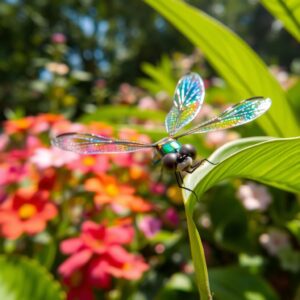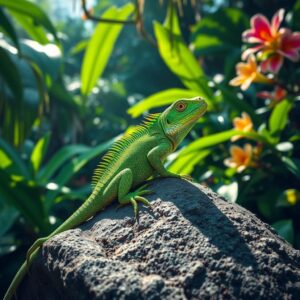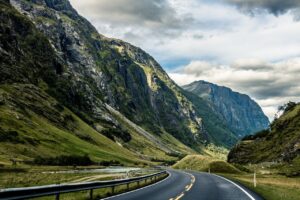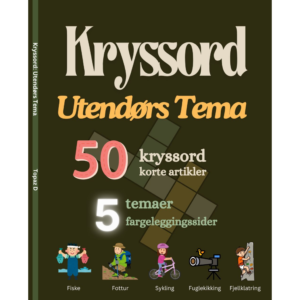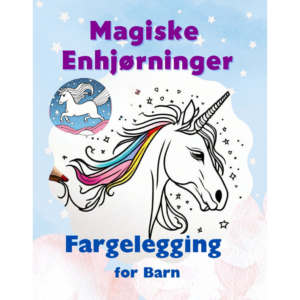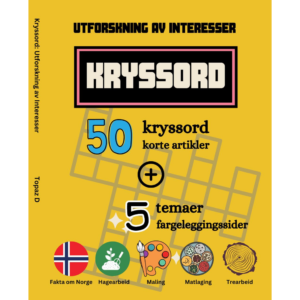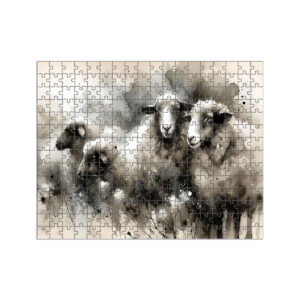
Explore & Play
Discover interesting topics and solve the accompanying crossword puzzle.
Flock Crossword: Understanding Flocks, Birds, Penguins & Geese
Table of Contents
Flock crossword
You can either fill in the crossword puzzle directly on this page or click the button in the bottom right corner to print it for free.
——————————————
Understanding Flocks: From Birds to Penguins and Geese
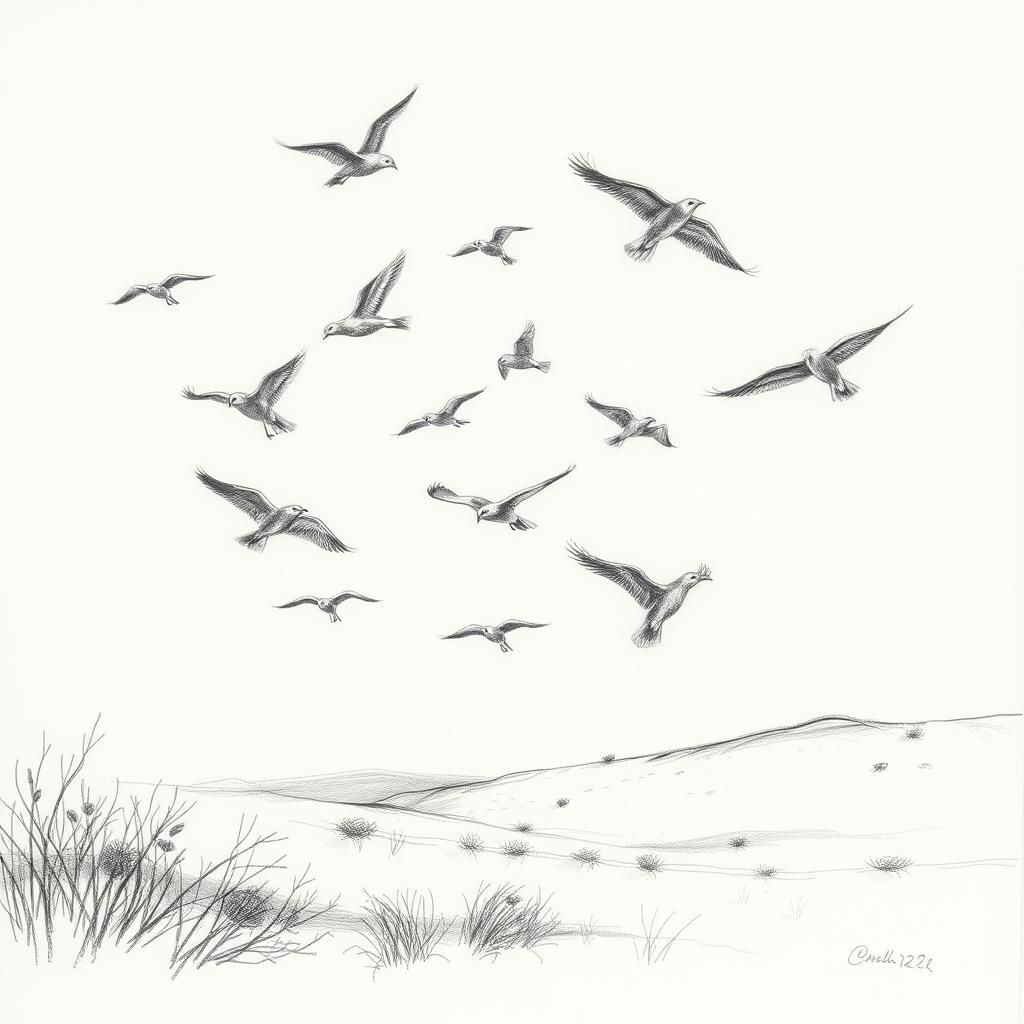
Introduction
Picture a sky filled with birds moving as one—a single shape twisting and turning, each feathered body responding in perfect harmony to its neighbors. That’s a flock. At its simplest, a flock is a group of birds that come together, whether in flight or while perched on a branch. But flocks aren’t just about numbers; they’re about connection, survival, and the subtle dance of instinct and environment.
The word “flock” is often reserved for birds, but the animal kingdom has a rich vocabulary when it comes to naming groups. You’ll hear about herds roaming the grasslands, packs stalking prey, swarms buzzing with energy, schools darting through water, and colonies thriving in close quarters. Each name carries with it hints about how those animals live, move, and depend on one another.
Why does it matter? Because these groupings are more than just a way to count creatures. They reveal patterns of behavior, survival strategies, and relationships with their environments. When we understand how a flock operates—whether it’s a murmuration of starlings painting the evening sky or a gaggle of geese tracing migratory paths—we gain insight into the natural world’s quiet, intricate workings. It’s a story of connection that stretches from ancient instincts to the daily rhythms of today’s wildlife.
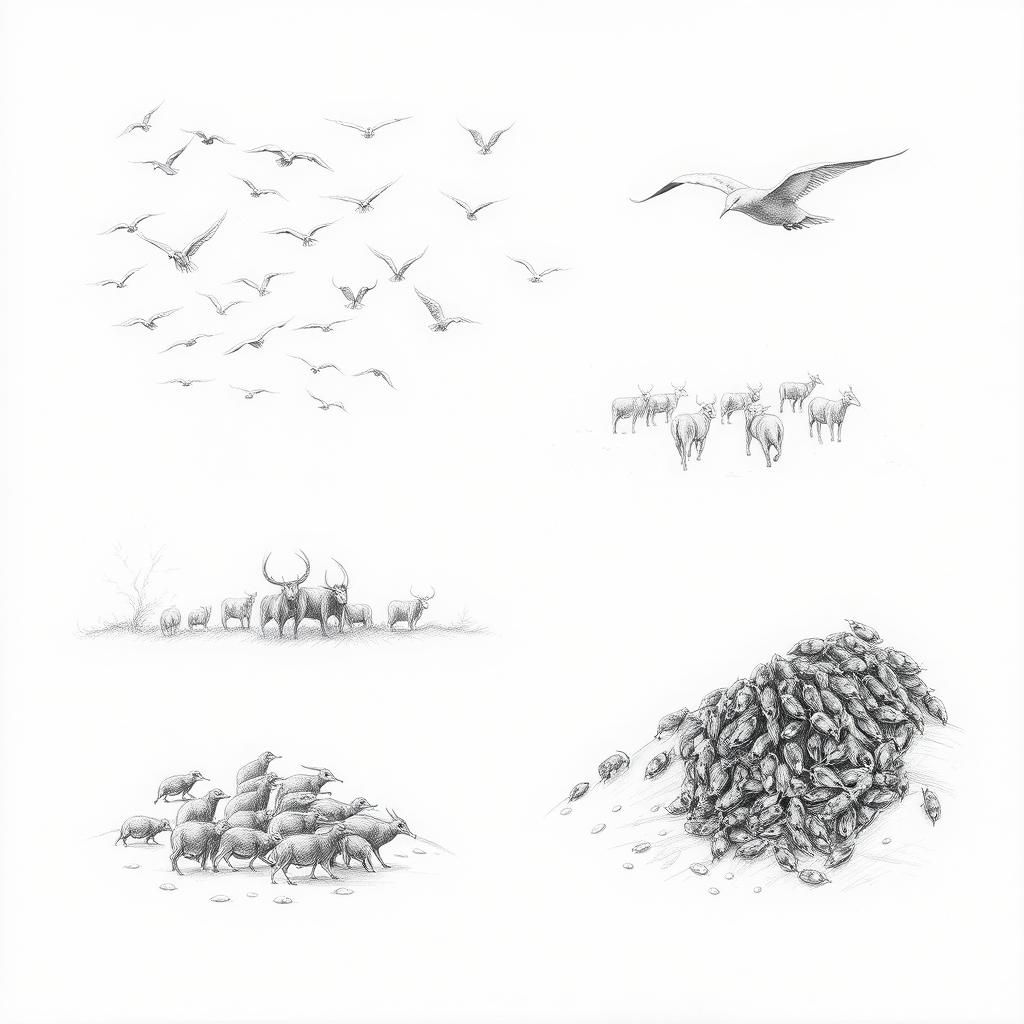
Comparing Flocks, Herds, Packs, and Colonies
When animals gather, the words we use to describe their groups often tell us something about their nature and behavior. A “flock” usually calls to mind birds — think sparrows darting through the sky or penguins waddling together on icy shores. In contrast, a “herd” tends to describe groups of grazing mammals like deer or elephants, animals bound by their reliance on landscapes and grasslands. “Packs” bring to mind the image of wolves or wild dogs hunting side by side, driven by complex social hierarchies and cooperative strategies. Then there are “colonies,” which often refer to animals that live communally in dense, sometimes noisy clusters — from bustling insect societies to thousands of nesting seabirds.
These distinctions matter because they reveal how animals interact with each other and their environment. For instance, herds offer safety in numbers against predators but may move slowly over the terrain. Packs require communication and coordination to successfully hunt, relying on roles within their group. Colonies thrive through sharing resources and protection, but staying so close comes with its own challenges, like disease spread.
Still, nature loves to blur lines. Some birds nesting in colonies form flocks when migrating. Seals occasionally gather in herds on the beach, even though they don’t fit the typical herd mold. These overlaps remind us that group names are guides, not strict rules.
Tracing these terms back, “flock” comes from Old English, suggesting a group moving together — often with an emphasis on flight. “Herd” reflects the idea of animals gathered for grazing or protection. “Pack” holds roots in hunting and can convey tightly knit social order. “Colony” feels more about a shared home or complex social structure.
Understanding these words enriches how we picture the animal world — not just as isolated creatures, but as species woven together by movement, purpose, and survival strategies. It offers a simple roadmap to the fascinating ways life clusters and cooperates, whether overhead, on the plains, or beneath the ocean’s waves.
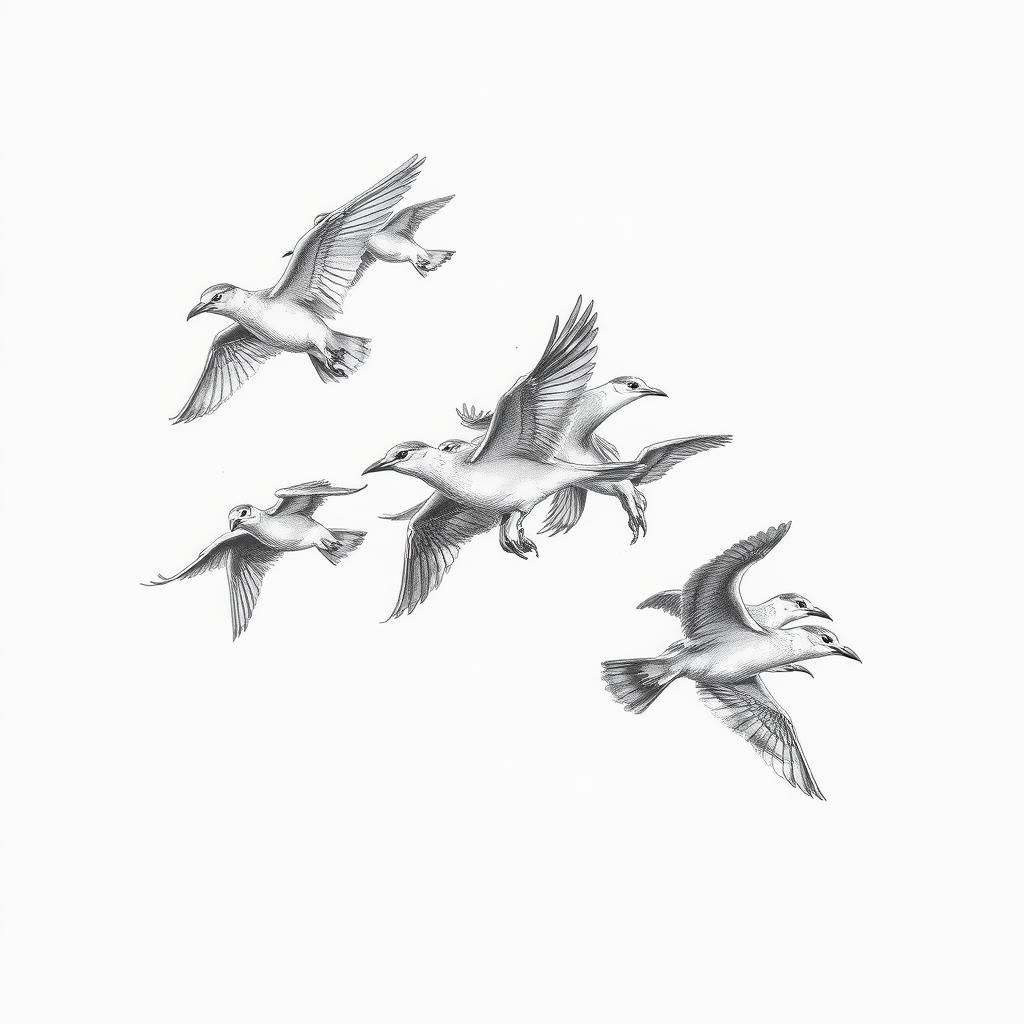
Bird Flocking Behavior and Communication
Picture a sky filled with birds moving as one—no chaos, just seamless choreography. That’s the magic of flocking. Birds don’t just gather randomly; they rely on sharp visual signals and subtle calls to stay in sync. When one bird changes direction or speed, those around it adjust almost instantly, creating ripples of movement across the flock like waves on a pond.
Why go through all this trouble? Safety and survival. There’s strength in numbers when facing predators; a flock can confuse or intimidate a hawk, making any single bird a tougher target. Flocking also means more eyes scanning for food and danger, improving everyone’s chances of finding a meal and avoiding hazards. During long journeys, the group helps keep navigation on track, sharing information that guides them home.
It’s fascinating to compare this to other animal groupings—fish, for instance, use water vibrations to school together, sensing each other’s movements beneath the surface. Packs and herds coordinate through sounds and scent, but bird flocks shine in their visual and auditory finesse, a delicate dance in the open sky that feels almost like a conversation without words.
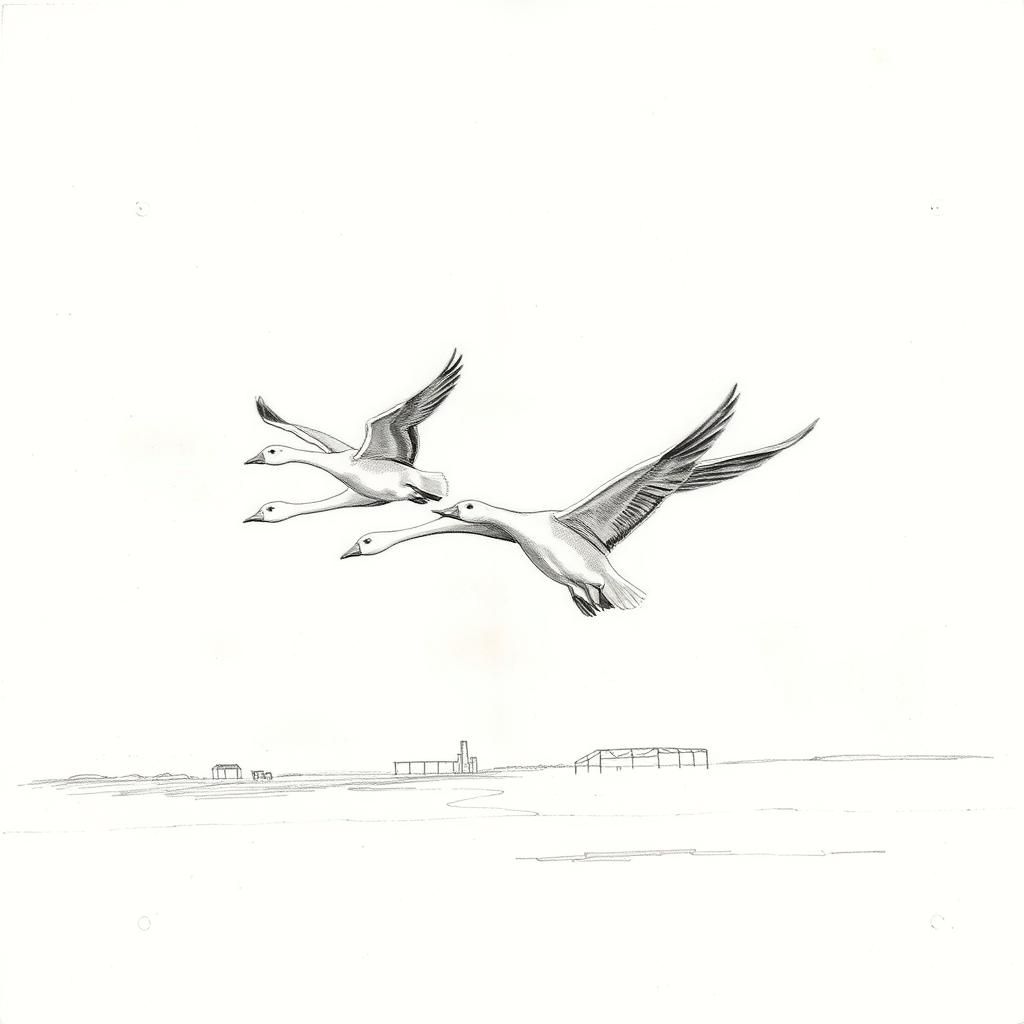
Migration and Flocking in Geese
Picture a crisp autumn sky, streaked with the honking chorus of geese carving a perfect V against the fading light. This iconic V-formation is no accident; it’s nature’s elegant answer to a grueling journey thousands of miles long. By flying in this shape, each goose rides the updraft created by the bird ahead, reducing wind resistance and easing the energy cost of migration. The lead goose breaks the air, setting the pace, then rotates back when tired, letting another take the demanding front spot. It’s a dance of cooperation and endurance, where teamwork turns flight into survival.
But the V is just part of the story. Geese rely on an uncanny sense of direction, guided both by landmarks—those familiar rivers, mountain ridges, and valleys—and by the Earth’s magnetic field, like an invisible compass built into their brains. This natural GPS helps them alter routes when weather or danger forces a change, demonstrating a remarkable flexibility on the wing.
Keeping such a large flock together on the move requires constant communication. The loud, unmistakable calls echo through the air, serving as both rallying cries and warnings. These vocal signals ensure no one gets left behind and help maintain the rhythm and cohesion essential for the group’s success.
Beyond the spectacle of migration itself, geese play a quiet but vital role in ecosystems along their path. As they cross wetlands, their droppings disperse seeds far and wide, nurturing new plant growth. They can even carry fish species unintentionally, aiding in aquatic biodiversity. In these ways, the journey of geese isn’t just about reaching warmer lands—it’s a moving thread weaving together different habitats, reminding us of nature’s interconnectedness with every flap of their wings.
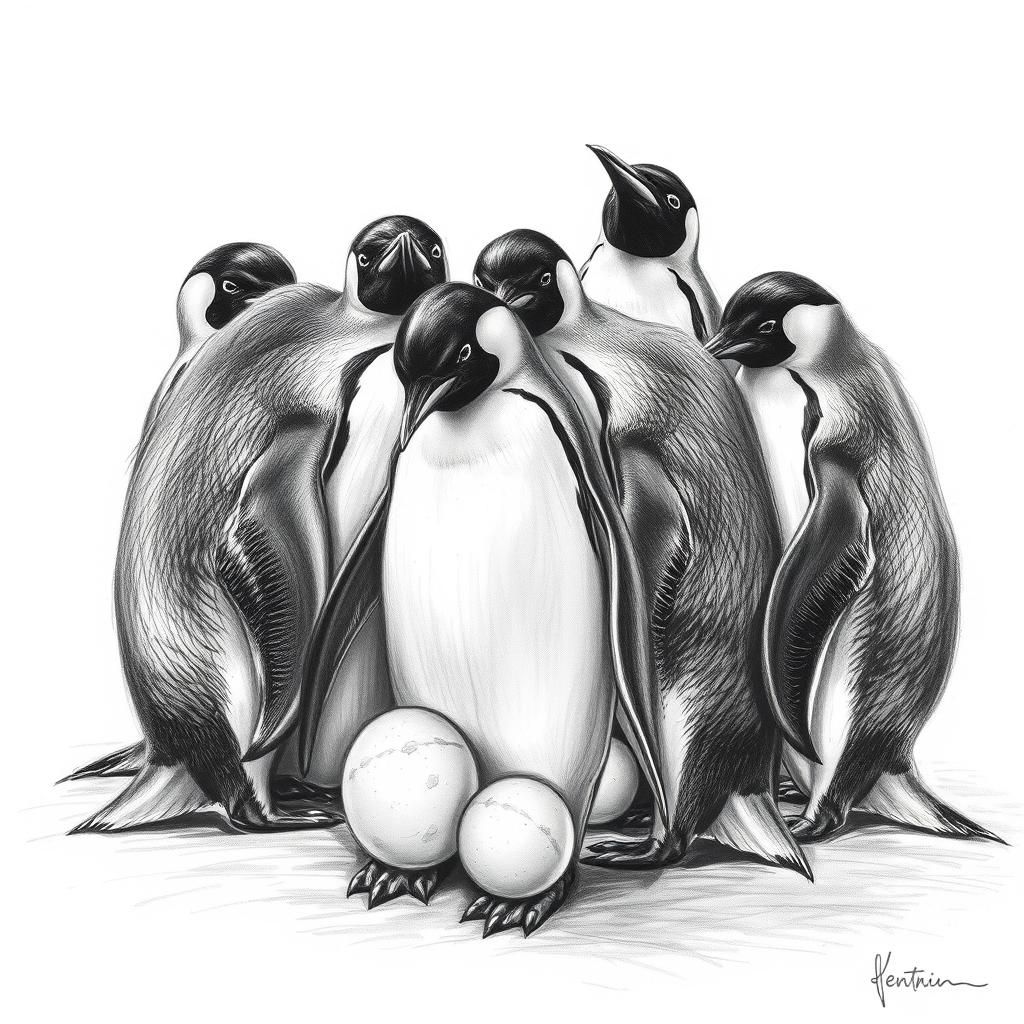
Penguin Colonies and Their Unique Behaviors
Step onto the icy shores where penguins gather—not in scattered groups, but in tightly knit communities called rookeries or colonies. These bustling neighborhoods are more than just a collection of waddling birds; they are lifelines, stitched together by necessity and survival. Here, warmth isn’t just about the cold; it’s about connection. To brave the relentless chill, penguins huddle together, sharing body heat in a perfect choreography of endurance.
Unlike many birds, penguins don’t build nests with twigs or leaves. Instead, they rely on something far simpler—and profoundly intimate. The egg rests snugly on their feet, tucked under a fold of skin, shielded from the frozen ground by the attentive care of both male and female. This teamwork is a quiet dance: while one parent stands guard and warms the egg, the other ventures out to the sea, hunting against the odds.
Their black-and-white plumage, so iconic, isn’t just for show. Viewed from above, it blends with the dark ocean depths; from below, it mirrors the bright sky, a clever camouflage that throws off predators lurking in the water or sky. This natural armor, combined with the colony’s protective numbers, weaves a safety net against both immediate threats and the harsh environment.
In these rookeries, life is a mix of ritual and resilience. Each bird’s story is a thread woven into a greater tapestry—one of shared struggle, silent communication, and a stubborn will to thrive amid the stark beauty of their world. Watching a penguin colony is like witnessing a living poem, where community pulses at the heart of survival.
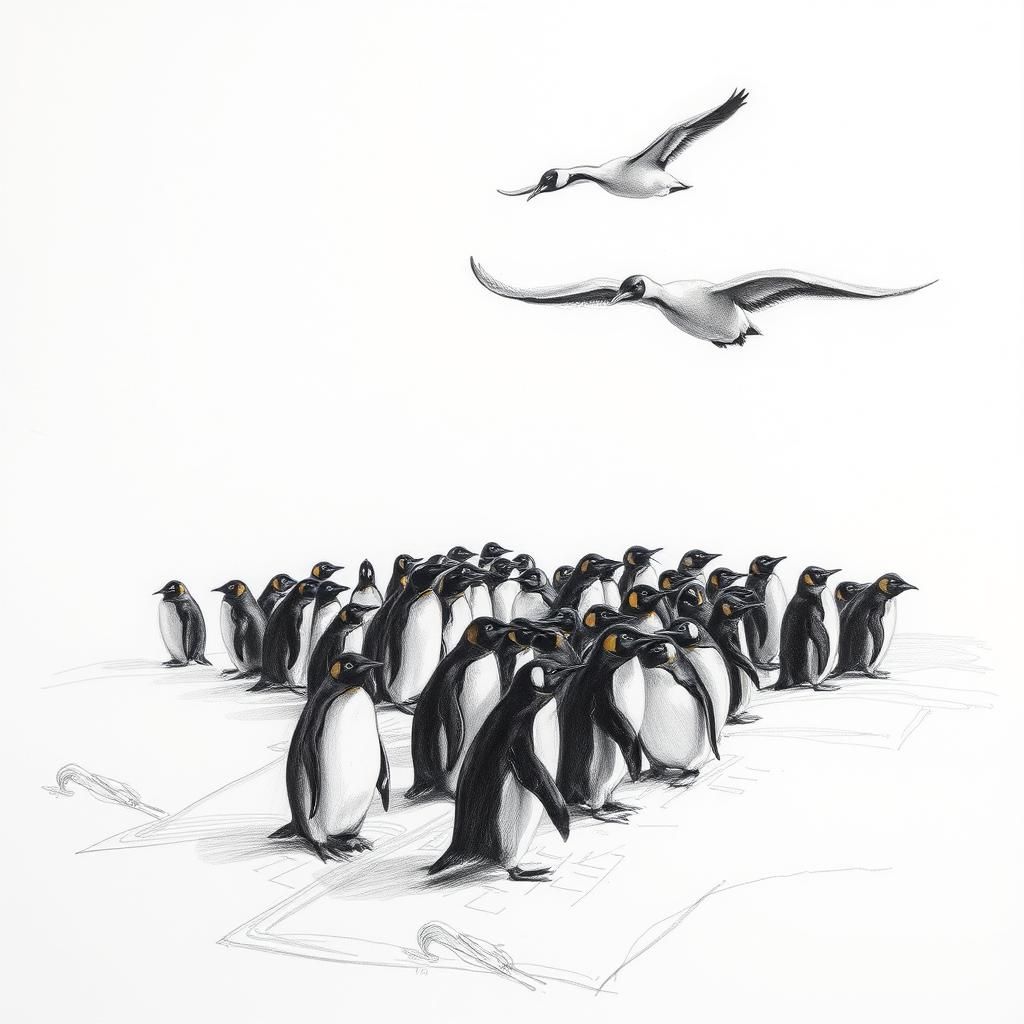
Conclusion
We’ve journeyed through the fascinating world of animal groupings — from the swift, coordinated flocks of birds slicing through the sky, to the sprawling penguin colonies huddling for warmth in icy lands, and the enduring migration of geese tracing ancient aerial highways. Each term — flock, herd, pack, colony — tells its own story about how creatures gather, survive, and thrive together.
Understanding these distinctions isn’t just about names. It reveals how animals communicate, conserve energy, protect their young, and navigate challenges in their environments. The V-shape of a goose flock isn’t just a neat pattern; it’s a testament to nature’s engineering. Penguin rookeries aren’t simply groups; they are bustling communities essential for life in harsh climates.
Appreciating these social strategies connects us more deeply to the natural world. It reminds us that survival often depends on cooperation — a lesson as relevant to animals as it is to us. For those hungry to explore further, there’s a world of stories waiting in the movement of wings, the shuffle of feet, and the calls echoing over wetlands.
Dive in, and you might just see the animal kingdom from a whole new angle.
Share to...
I hope you enjoy the content.
Want to receive our daily crossword puzzle or article? Subscribe!
You may also be interested in
Share to…
Want to receive our daily crossword puzzle?
-
Jigsaw Puzzles
Enchanting Four Sheep Zodiac Jigsaw Puzzle 250 | 300 | 500 Pieces
kr 348,00 – kr 439,00Price range: kr 348,00 through kr 439,00 Select options This product has multiple variants. The options may be chosen on the product page -
Jigsaw Puzzles
Norwegian Stave Church Abstract Jigsaw Puzzle 250 | 300 | 500 Pieces
kr 348,00 – kr 439,00Price range: kr 348,00 through kr 439,00 Select options This product has multiple variants. The options may be chosen on the product page -
Jigsaw Puzzles
Oslo Opera House Abstract Jigsaw Puzzle 250 | 300 | 500 Pieces
kr 348,00 – kr 439,00Price range: kr 348,00 through kr 439,00 Select options This product has multiple variants. The options may be chosen on the product page
